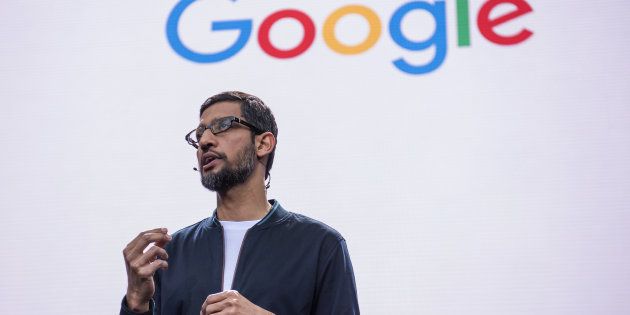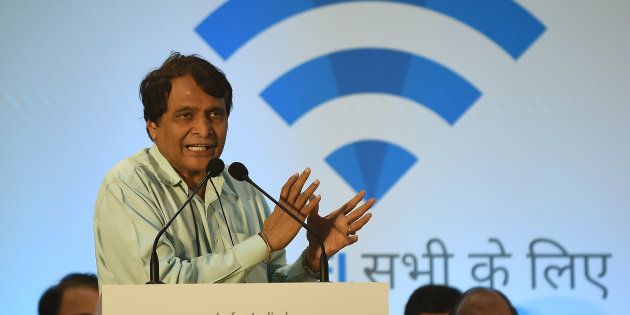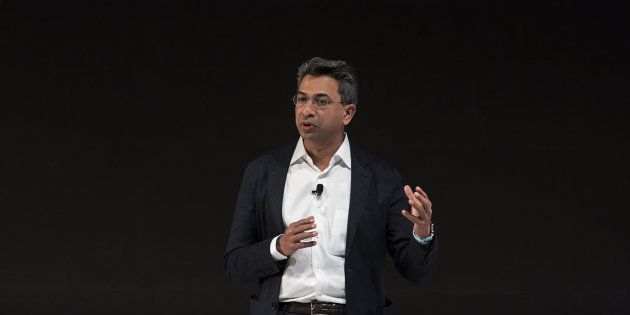
On the morning of 21 September, Google started to roll out its messaging app, Allo. The unique thing about this launch was that India was the first country where Allo became available. It is far from usual for a tech company to launch a global product in India first. This was a clear indication of the importance that the search giant is attaching to India and the Indian market.
As Google celebrated its 18th birthday, it announced a slew of products catering to India. The company knows that India is the next big market for the Internet and for services provided through the Internet. It even has a program called the Next Billion Users, aimed specifically at reaching the next billion potential Internet users who currently don't have access to the Internet.
"Over the last year, we have noticed something important about improving our products in India: it makes them better for everyone around the world. In an increasingly mobile-first world, India gives us early insights into the future of the Internet," Google CEO Sundar Pichai said in a write-up in the Economic Times.

India now has more Internet users than the entire American population and the Indian government believes that by the end of this year that figure could reach 500 million.
In effect, there is an enormous user base that can view and consume ads even while using the Internet for free or accessing it at a slower speed. Which is why, all Internet based companies are trying to get more and more users online. They know that once they get a taste of the online world, users might be inclined to pay for Internet-based services.
Facebook's Mark Zuckerberg tried very hard to get more users on-board the Internet wagon with the ambitious 'Free Basics' program. But TRAI and the net neutrality army put a spade in his dreams by banning differential tariff schemes.
Reliance Jio is also trying to give people a taste of high-speed Internet by making data free for those with a Jio SIM until the end of the year.

Google has taken a different approach. It wants more people to just get connected to the Internet through various initiatives and partnerships. This includes direct partnerships with the central and state governments, in line with Prime Minister Narendra Modi's 'Digital India' initiative.
In contrast to Google's self-driving and automated home vision for the United States, the company's Indian vision is to get more people online first.
Currently, Google's most visible project in India is making WiFi available for free in many railway stations. Google has a target of providing free Internet service in almost 400 stations in partnership with the government and RailTel in the coming few years. It has already achieved a user base of 3.5 million people through just 52 active stations, and the number is bound to grow.
"In India today, the fastest Internet connections you can experience are at railway stations, outside of a few high rises with 100 Mbps connections," Rajan Anandan, VP of Google India, said in an interview with HuffPost India.

Google recently announced the Google Station project to install free WiFi hotspots in cafes, malls, and universities as well. Meanwhile, Facebook is also rumored to be working on launching public WiFi hotspots in India.
An offline presence in India is another important strategy for Google. Average connectivity through mobile networks being still very poor here, Google has rolled out offline maps and offline YouTube videos for India over the past couple of years.
The new version of YouTube called YouTube Go is an app aimed more at offline consumption, sharing videos through Bluetooth and streaming over low internet speeds. The new version of Chrome also sends compressed web pages and mp4 videos.

Google claims that the data saver mode enables it to save 330 TB of data every month. Additionally, it now allows downloading of web pages, videos, music, photos and more on Chrome. The search giant also introduced a 'lite' mode for the Google News app.
Google has also been pushing publishers to publish stories in Accelerated Mobile Pages (AMP) format for faster consumption. To compete with Facebook Instant Articles, Google began displaying AMP in search results from this year.
While Google is changing its hardware policy worldwide with its planned launch of new Pixel phones in the coming month, the once ambitious Android One program to provide hardware guideline for affordable Android phones seems to be on the back-burner for now.
Google is also launching newer apps such as Allo and Duo that are tied to a phone number. This could be a strategy to entice more users from every part of the Android and iOS ecosystem, even those without a Google account.
On the other hand, Google is aiming at services and machine learning this year. Pichai has mentioned machine learning many times this year, and Allo is a good example. Not only is India the first country where Allo was launched, it is among the countries where research for Allo had commenced. Google has also announced that it is already working on the Hindi version of Google Assistant as searches in local languages are on the rise.
Despite all the ambitious plans, Google could face challenges. For instance, the Indian government's proposed Mapping Bill could hinder the search giant's plans of map dominance.
While Pichai's appointment as the Google CEO last year raised expectations here of a deeper engagement with India, government schemes such as Aadhar could prove to be a significant hurdle. The government wants smartphones and mobile operating systems integrated with Aadhar but tech companies including Google are reluctant because of potential security risks.
To increase overall Internet accessibility, Google is pumping massive amounts of money into initiatives such as the rural Internet education program for women called Internet Saathi (Recall a similar ad by Free basics?) and providing Internet access in remote areas with balloons as part of Project Loon. In return, it is expecting massive ad returns in the future from the billions it is bringing online.